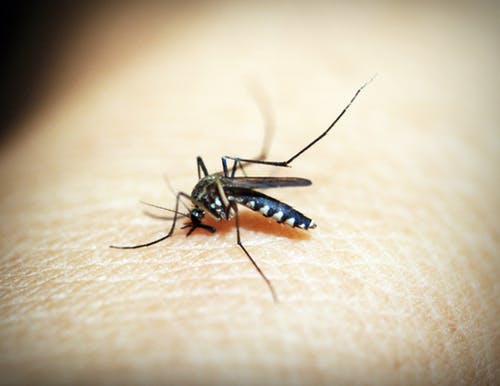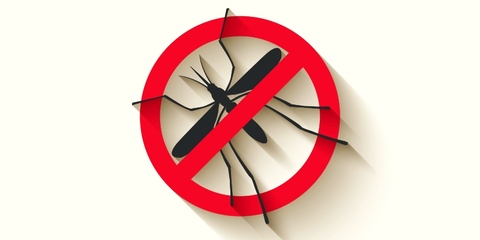There is resurgence of Malaria in Tiaty, Baringo county. This comes barely two months after more than 30 people died of the disease in Marsabit and Baringo counties. Majority of them were children.
Tiaty subcounty health service cordinator Mr Joseph Nokopir said though medics are treating patients, majority are re-infected. He attributed this to the lack of mosquito nets in containing the disease.
Nokopir who is also an employee at Chemolingot Sub county hospital said at least 20 malaria patients are treated daily. He fears that the number might increase if no better preventive mechanisms are put in place.
In October, the national government promised to distribute 106,000 mosquito nets to residents in the affected areas.
Health Principal Secretary Julius Korir said in October that supplying mosquito nets would prevent spread of the disease caused by anopheles mosquito.
The PS further promised to distribute 7,000 anti-malaria drugs to contain the disease.
A visit by Afyawatch in remote parts of the vast county revealed that mosquito nets are yet to be delievered.
According to a community health worker, Reuben Rotich, there is high breeding of mosquitoes in the area because of the current heavy rains.
Despite Tiaty being malaria prone, he said, both the county and national governments have failed to mitigate the looming disaster by simply supplying mosquito nets.
“It is fine for the government to supply us with anti-malarial drugs but it is my wish that we work on prevention measures,” Rotich said.
IS KENYA COMMITTED TO ACHIEVING A MALARIA FREE COUNTRY?
Going by the events in Baringo, perhaps the answer is no. Yet, for all the lives that Malaria takes, it is a preventable and treatable disease. The government stipulated in the Kenya Malaria Indicator Survey 2015, that it was keen to;
To ensure that all malaria indicators are routinely monitored, reported, and evaluated in all counties by 2018.
Going by the events in Baringo county routine monitoring and reporting is yet to generate a reasonable response.
Experts agree though that the country has made progress in the last ten years in the fight against Malaria. It is the sustainability of that fight that has been put to test on many counts.
There are about 28 million Kenyans living in Malaria prone regions. 3 out of 4 Kenyans are at risk of contracting Malaria.
How does the government then ensure that it works towards ensuring that prevention is sustained?











